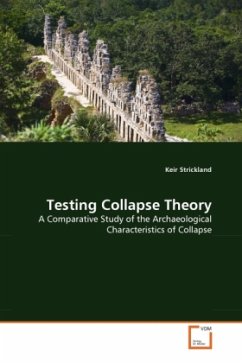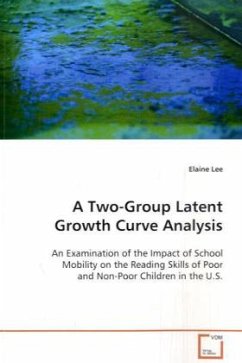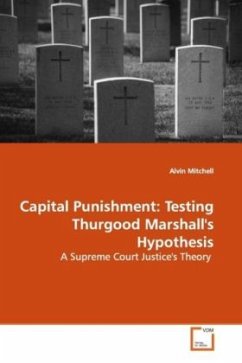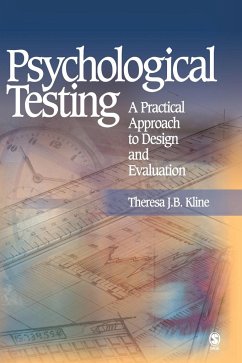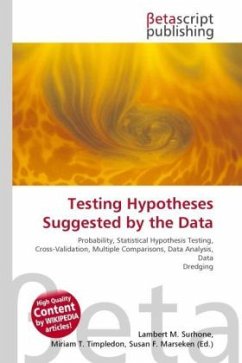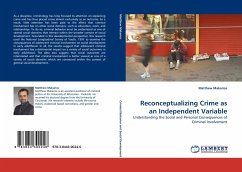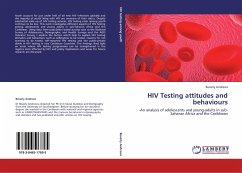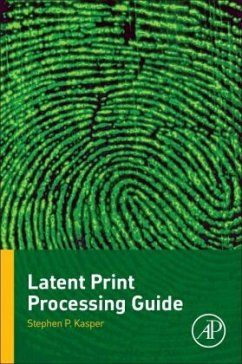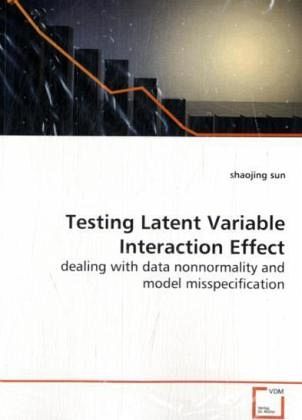
Testing Latent Variable Interaction Effect
dealing with data nonnormality and model misspecification
Versandkostenfrei!
Versandfertig in 6-10 Tagen
39,99 €
inkl. MwSt.

PAYBACK Punkte
20 °P sammeln!
The book discusses the effects of data nonnormality, model misspecification, sample size, and effect size on testing latent variable interactions through an inspection of the Jöreskog and Yang's (1996) model. Mattson's (1997) method was used to generate nonnormal latent variables in this Monte Carlo study. One covariance parameter was deleted for investigating the influence of misspecified models. The simulation involved a balanced experimental design, with 3 × 2 × 3 × 3 = 54 combinations. Data analysis focused on bias of estimating parameters, standard errors, model fit indexes. Variance ...
The book discusses the effects of data nonnormality,
model misspecification, sample size, and effect size
on testing latent variable interactions through an
inspection of the Jöreskog and Yang's (1996) model.
Mattson's (1997) method was used to generate
nonnormal latent variables in this Monte Carlo
study. One covariance parameter was deleted for
investigating the influence of misspecified models.
The simulation involved a balanced experimental
design, with 3 × 2 × 3 × 3 = 54 combinations. Data
analysis focused on bias of estimating parameters,
standard errors, model fit indexes. Variance
partition was conducted to further examine the
unique and combined influence of the factors (i.e.,
data nonnormality, model specification, sample size,
effect size). Results indicated that data
nonnormality and model misspecification had large
effects on fit indexes (e.g., SRMR, RMSEA). Also,
severe nonnormality led to a large bias of
estimating the interaction effect. Implications of
and recommendations for testing latent variable
interactions are discussed.
model misspecification, sample size, and effect size
on testing latent variable interactions through an
inspection of the Jöreskog and Yang's (1996) model.
Mattson's (1997) method was used to generate
nonnormal latent variables in this Monte Carlo
study. One covariance parameter was deleted for
investigating the influence of misspecified models.
The simulation involved a balanced experimental
design, with 3 × 2 × 3 × 3 = 54 combinations. Data
analysis focused on bias of estimating parameters,
standard errors, model fit indexes. Variance
partition was conducted to further examine the
unique and combined influence of the factors (i.e.,
data nonnormality, model specification, sample size,
effect size). Results indicated that data
nonnormality and model misspecification had large
effects on fit indexes (e.g., SRMR, RMSEA). Also,
severe nonnormality led to a large bias of
estimating the interaction effect. Implications of
and recommendations for testing latent variable
interactions are discussed.



